Can I open the damper on an UNVENTED log set?
andrelaplume2
16 years ago
Featured Answer
Sort by:Oldest
Comments (21)
andrelaplume2
16 years agolast modified: 9 years agoRelated Professionals
Glen Avon Solar Energy Systems · Cerritos Solar Energy Systems · Eastvale Solar Energy Systems · Norwich Solar Energy Systems · Oakland Solar Energy Systems · Weymouth Solar Energy Systems · Boynton Beach Home Automation & Home Media · Brookfield Home Automation & Home Media · Champlin Home Automation & Home Media · Gages Lake Home Automation & Home Media · Grand Rapids Home Automation & Home Media · Herndon Home Automation & Home Media · La Crescenta-Montrose Home Automation & Home Media · Lakeway Home Automation & Home Media · Olathe Home Automation & Home Mediatmajor
16 years agolast modified: 9 years agoandrelaplume2
16 years agolast modified: 9 years agogaryg
16 years agolast modified: 9 years agoandrelaplume2
16 years agolast modified: 9 years agoBrewbeer
16 years agolast modified: 9 years agoandrelaplume2
16 years agolast modified: 9 years agopkguy
16 years agolast modified: 9 years agoandrelaplume2
16 years agolast modified: 9 years agoBrewbeer
16 years agolast modified: 9 years agoandrelaplume2
16 years agolast modified: 9 years agolarrylwill
16 years agolast modified: 9 years agojca1
16 years agolast modified: 9 years agoSeattlePioneer
16 years agolast modified: 9 years agolarrylwill
16 years agolast modified: 9 years agoandrelaplume2
16 years agolast modified: 9 years agojca1
16 years agolast modified: 9 years agolarrylwill
16 years agolast modified: 9 years agoandrelaplume2
16 years agolast modified: 9 years agolarrylwill
16 years agolast modified: 9 years ago
Related Stories
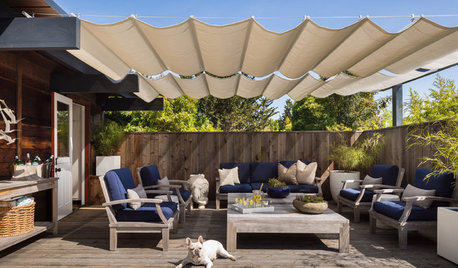
MIDCENTURY HOMESHouzz Tour: How Can We Get Invited to This Awesome Midcentury Home?
A redwood-clad gem in California’s Marin County features a dreamy outdoor oasis with an open-door policy for the homeowners’ friends
Full Story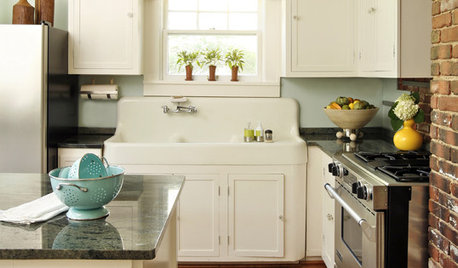
KITCHEN DESIGNHow to Set Up a Kitchen Work Triangle
Efficiently designing the path connecting your sink, range and refrigerator can save time and energy in the kitchen
Full Story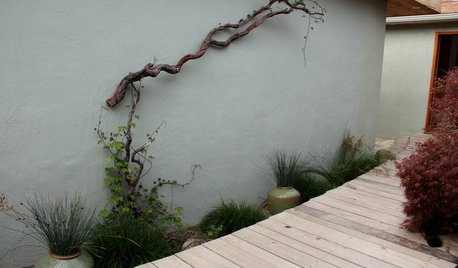
DECORATING GUIDESSee How Wabi-Sabi Can Bring Harmony and Beauty to Your Home
Create your own wabi-style style with beautifully weathered, humble materials around the house
Full Story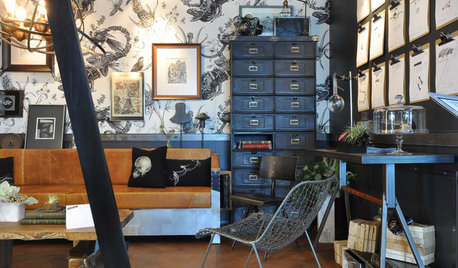
THE ART OF ARCHITECTUREDesign Practice: 11 Ways Architects Can Overcome Creative Blocks
When inspiration remains elusive, consider these strategies for finding your creative muse
Full Story
BUDGET DECORATINGThe Cure for Houzz Envy: Living Room Touches Anyone Can Do
Spiff up your living room with very little effort or expense, using ideas borrowed from covetable ones
Full Story
BUDGET DECORATINGThe Cure for Houzz Envy: Entryway Touches Anyone Can Do
Make a smashing first impression with just one or two affordable design moves
Full Story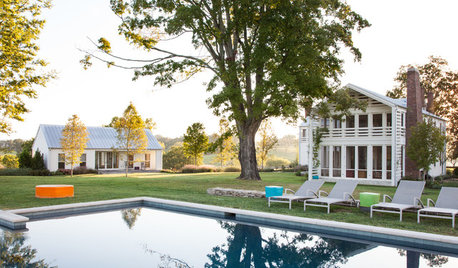
HOUZZ TOURSWe Can Dream: An Expansive Tennessee Farmhouse on 750 Acres
Wood painstakingly reclaimed from old barns helps an 1800s farmhouse retain its history
Full Story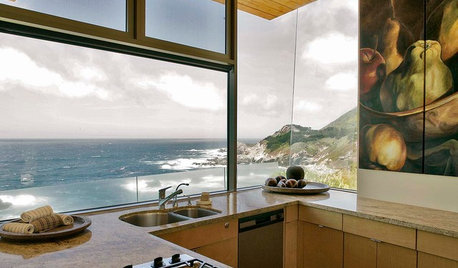
KITCHEN DESIGNWe Can Dream: 28 Kitchens With Breathtaking Views
In these homes, the best view in the house might just be from behind the kitchen counter
Full Story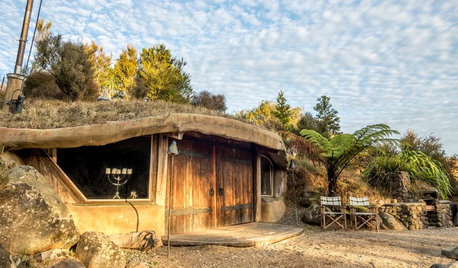
FUN HOUZZWe Can Dream: Hobbit Houses to Rule Them All
Escape the real world and explore your Middle-earth fantasies
Full Story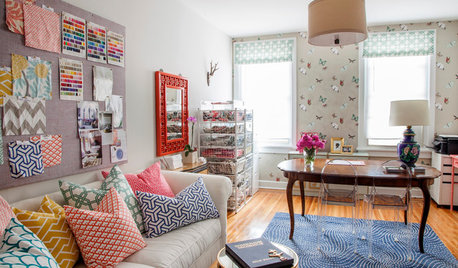
STUDIOS AND WORKSHOPSYour Space Can Help You Get Down to Work. Here's How
Feed your creativity and reduce distractions with the right work surfaces, the right chair, and a good balance of sights and sounds
Full StoryMore Discussions






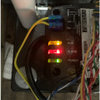
kalining